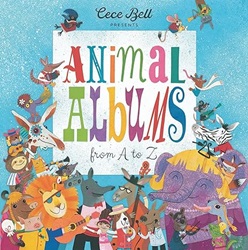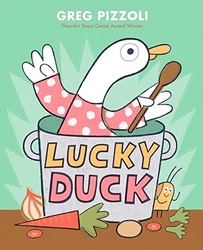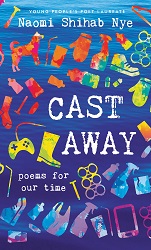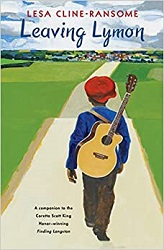 Animal Albums
Animal Albums
from A to Z
by Cece Bell
Walker Books, 2024. 72 pages.
Review written April 23, 2024, from a library book.
Starred Review
This is seriously the silliest serious silly children’s book I have seen in a long long time.
And oh my goodness — that’s what I thought before I found the QR code leading to the YouTube channel featuring performances of all the songs. (Oh wait. It looks like only four of the songs are up when I’m writing this. But I hope more will come.)
The book is played completely straight. We’ve got an intro at the front that the author is sharing her obsession with us. That page is just too good – so let me share how it begins:
I love finding and acquiring old albums, especially those created by animal musicians. The “animal albums” in my treasured collection reflect the visionary work of several small human-run recording studios whose mission was to elevate and promote musical talents of all kinds. From the 1940s to the 1980s, these albums proved somewhat popular and profitable, with the animal musicians themselves experiencing varying degrees of success.
However, my research reveals that these albums were never easy for the studios to produce. The communication difficulties between humans and animals during the recording sessions were a constant challenge; the volatile disagreements regarding proper toileting procedures could not have helped, either. By the early 1980s these difficulties, coupled with a waning interest from audiences, both human and animal, signaled the beginning of the end of an extraordinary time in the history of music.
In this book, Cece Bell shares 26 gems from her supposed collection, including beautiful album cover art, with the lyrics to one of the songs printed out on the facing page. I couldn’t resist sharing this book with my coworkers, and more knowledgeable than me about album cover art, they’re pretty sure most of them reference classic albums.
Some of the albums are “Blame It on the Baloney” from the Barbershop Beagles, “A Little Lounge Music” from Leo Lionel, and Tubby Tapir’s “Let’s Twist Tomorrow and Tuesday Too.” The lyrics are completely silly in their seriousness. Here’s a bit from The One and Only Olga the Ostrich of Opera singing “The Oysters Are a Little Off”:
The oysters are a little off my love
There’s mold upon the bread
Let’s postpone the party
Let’s watch TV instead
The oysters are a little off my love
The house, a total mess
Our party days are numbered
Don’t cry, I must confess
It is I who left the oysters out
It is I who let them rot
A party wasn’t in the cards
My dear, it just was not
Or from Ivanna the Iguana, “I Am an Inspiration to Me”:
You might think
You’re as lovely as me
But we both know that’s simply a lie —
My skin is the best
My hair’s even better
The pink of my lips makes me sigh!
REFRAIN
I’m an inspiration to me, to me
I’m an inspiration to me!
I do everything perfectly —
I’m an inspiration to me.
As if all this weren’t enough, at the back there are bios of all 26 performing groups. My favorites are N and Y:
Nose flautist Natalia Numbat is beloved worldwide for mystical soundscapes that evoke the tinkling of mountain streams and the flushing of porcelain toilets. Numbat got her start touring with her siblings, the Numbat Nine. She left the group in 1982, stating, “My siblings couldn’t appreciate the subtle nuances that my nose fluting brought to the music.” Her song “Next November (I’ll Be Normal)” addresses that familial fissure.
Despite having no musical talent, siblings Yvette and Yohan Yak were pressured by their mother, Yolanda, to perform a yodeling act throughout the Carolinas in the early 1970s. Neither sibling was able to play the alphorn that Yolanda had ordered from a Sears catalog; what you hear on Yodelay-Yoo-Hoo was lifted (illegally) from Heilwig Schweizer’s instructional recording “The Alphorn and You.”
My first reaction was not being sure who this is for. Will kids get any of the references? But then I reflected that I have a stunted musical education and don’t get any of the references (just know enough to be pretty sure there are lots of references) — and I’m completely delighted with the cleverness and ingenuity and just plain silliness. And all that before I found the YouTube channel. I’m sure there are kids out there who will be delighted, too.
The fact that this book exists makes the world a better, and sillier, place.
YouTube channel
walkerbooksus.com
Buy from Amazon.com
Find this review on Sonderbooks at: www.sonderbooks.com/Childrens_Nonfiction/animal_albums.html
Disclosure: I am an Amazon Affiliate, and will earn a small percentage if you order a book on Amazon after clicking through from my site.
Disclaimer: I am a professional librarian, but the views expressed are solely my own, and in no way represent the official views of my employer or of any committee or group of which I am part.
What did you think of this book?









